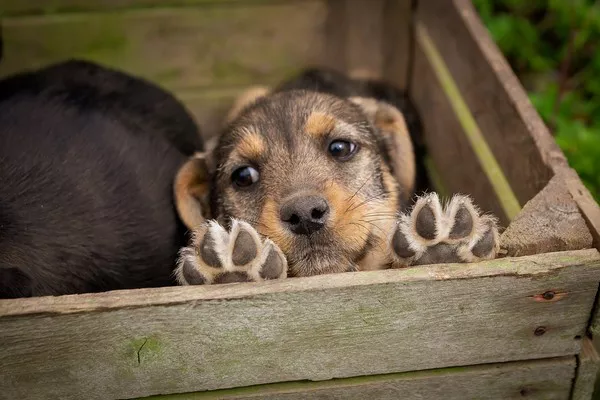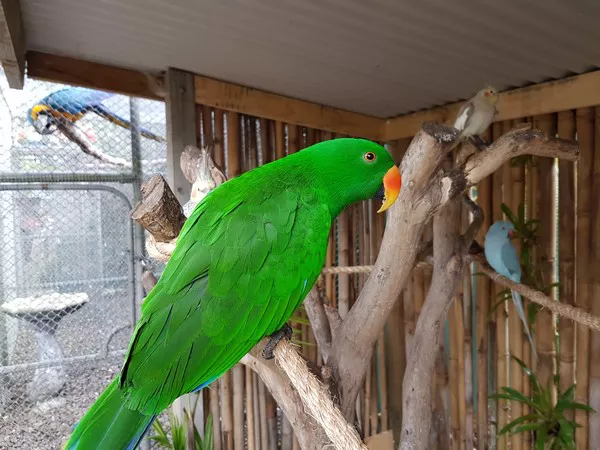Grooming is an essential aspect of caring for your Golden Retriever. Regular brushing helps maintain their beautiful coat, promotes healthy skin, and strengthens the bond between you and your furry friend. Today, we will guide you through the process of brushing a Golden Retriever, from preparation to technique, to ensure a positive and effective grooming experience.
Preparation:
- Choose the right tools:
Invest in high-quality grooming tools suitable for your Golden Retriever’s coat. This typically includes a slicker brush, a comb with wide and narrow teeth, and possibly a shedding blade or de-shedding tool for managing loose hair.
- Find a suitable grooming area:
Select a well-lit and comfortable space for grooming your Golden Retriever. A non-slip surface, such as a rubber mat, can help your dog feel secure during the process.
- Establish a calm environment:
Create a calm and soothing atmosphere before grooming. This can be achieved by eliminating distractions and providing treats or toys to keep your Golden Retriever relaxed and engaged.
Brushing Technique:
- Start with a gentle approach:
Begin by gently petting and praising your Golden Retriever to create a positive association with brushing. Gradually introduce the grooming tools, allowing your dog to sniff and explore them.
- Use a slicker brush:
Start by using a slicker brush to remove tangles, knots, and loose hair. Brush in the direction of hair growth, using gentle, short strokes. Pay attention to areas prone to matting, such as behind the ears, under the armpits, and around the tail.
- Follow with a comb:
After using the slicker brush, switch to a comb to further detangle the coat and remove any remaining loose hair. Use the wide-toothed end to go through the entire coat, and then switch to the narrow-toothed end for more precise grooming, especially in sensitive areas.
- Address mats and tangles:
If you encounter mats or tangles that cannot be easily brushed out, be patient and use your fingers or a dematting tool to gently work through them. Avoid pulling or tugging, as this can cause discomfort or pain.
- Check ears and paws:
Regularly inspect your Golden Retriever’s ears for dirt, debris, or signs of infection. Use a soft cloth or a specially formulated ear cleaning solution recommended by your veterinarian to clean the ears gently. Similarly, examine the paws for any foreign objects, and trim the hair between the paw pads if necessary.
- Monitor for ticks and fleas:
While brushing, be vigilant for ticks, fleas, or other external parasites. If you notice any, consult your veterinarian for appropriate treatment options.
- Don’t forget dental hygiene:
Although not directly related to brushing, dental hygiene is crucial for your Golden Retriever’s overall health. Establish a routine of regular tooth brushing using a dog-specific toothbrush and toothpaste.
Frequency of Brushing:
Golden Retrievers have a dense, double coat that sheds moderately throughout the year and heavily during seasonal transitions. To keep their coat healthy and prevent matting, it is recommended to brush them at least once or twice a week. During shedding seasons, more frequent brushing, such as every other day, may be necessary to manage the increased hair loss.
Additional Tips:
- Make grooming a positive experience: Use treats, praise, and rewards to reinforce positive behavior during brushing sessions. This will help your Golden Retriever associate grooming with pleasant experiences.
- Be gentle and patient: Golden Retrievers have sensitive skin, so it’s important to be gentle and avoid applying excessive pressure while brushing. Take breaks if needed to ensure both you and your dog remain comfortable and relaxed.
- Seek professional help: If you are unsure about how to properly groom your Golden Retriever or encounter any difficulties, don’t hesitate to seek professional assistance. Professional groomers have the experience and expertise to handle grooming tasks effectively and can provide guidance on the specific needs of your dog’s coat.
- Maintain a regular grooming schedule: Consistency is key when it comes to grooming. Establish a regular grooming schedule that fits your Golden Retriever’s needs and stick to it. This will help keep their coat in optimal condition and make the grooming process more manageable.
- Watch for signs of discomfort or skin issues: While brushing, pay attention to your Golden Retriever’s behavior. If they show signs of discomfort, such as whining, growling, or trying to escape, take a step back and assess the situation. They may have sensitive spots or underlying skin issues that require attention. Consult with your veterinarian if you notice any persistent skin problems or abnormalities.
- Adapt grooming techniques as your Golden Retriever ages: As your Golden Retriever gets older, their grooming needs may change. Keep an eye out for changes in their coat texture, skin condition, or mobility. Adjust your grooming techniques accordingly, ensuring their comfort and well-being throughout the process.
- Practice overall coat care: Brushing is just one aspect of maintaining your Golden Retriever’s coat. Regular bathing, proper nutrition, and a healthy lifestyle also contribute to their coat health. Ensure they have a balanced diet, regular exercise, and access to fresh water to support the overall condition of their coat and skin.
Remember, grooming your Golden Retriever is not only about keeping them looking their best but also about promoting their overall health and well-being. Regular brushing sessions provide an opportunity to bond with your furry friend and monitor their physical condition. By following proper brushing techniques, establishing a grooming routine, and seeking professional help when needed, you can help ensure that your Golden Retriever’s coat remains healthy, shiny, and free from matting or discomfort.
Recommended reading:


























